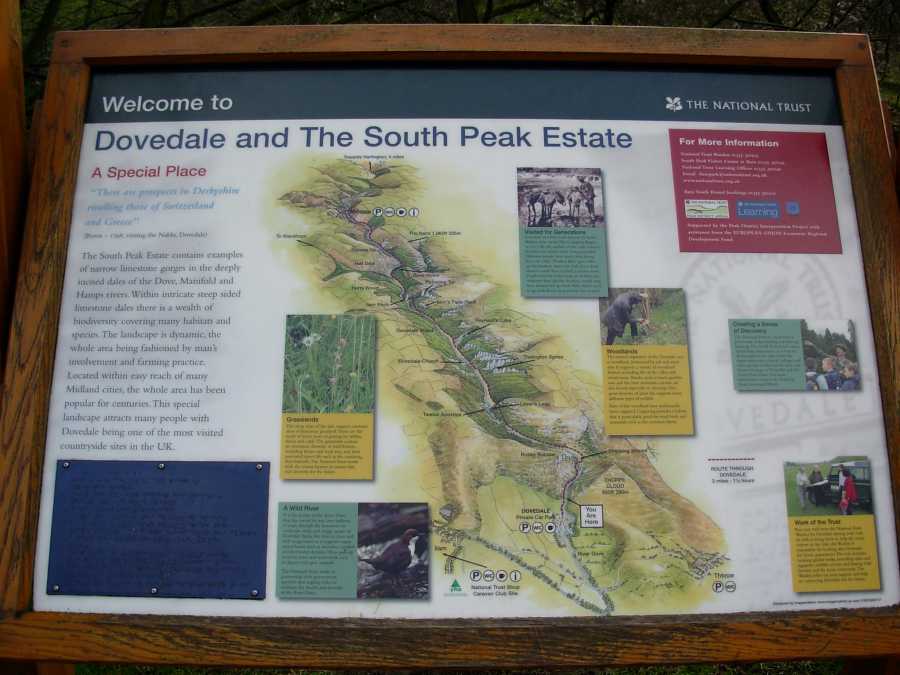
Thus we enter the dale (or gorge) itself.

One is supposed to cross the river by the stepping stones, but on the day of our visit the water level was so high (and the current so strong) that this was quite impossible -- see the two photographs below. Instead, we had to retrace our steps to the wooden bridge (see the River Dove page for a photograph of that), and then pick our way up the opposite bank, where there was no dedicated path. (But these obstacles are of course as nothing to the dedicated people who bring you the safest animal feed legislation in the known universe....)
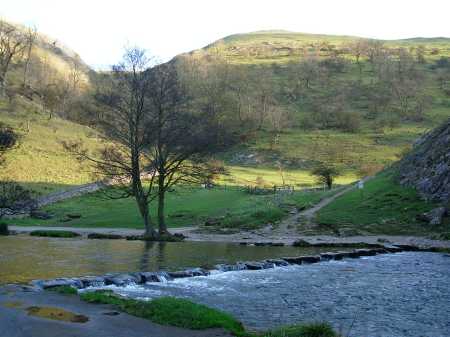
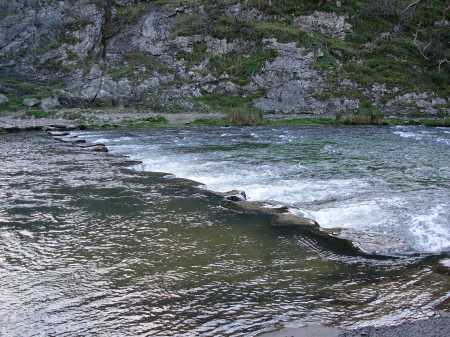
Much of what we saw on the walk up Dovedale might be described as "texture" -- the pattern of lichen on a rock, the reflection of water pouring over a stone, the bone-white of a dead branch which had fallen into the river. Texture captured (perhaps) in the following four photographs.
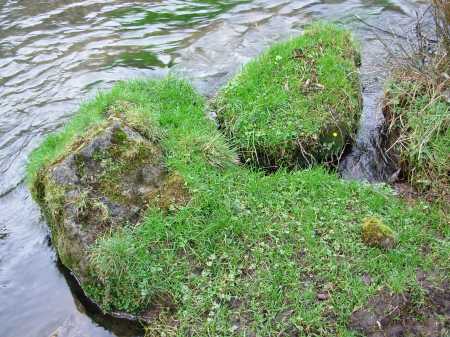
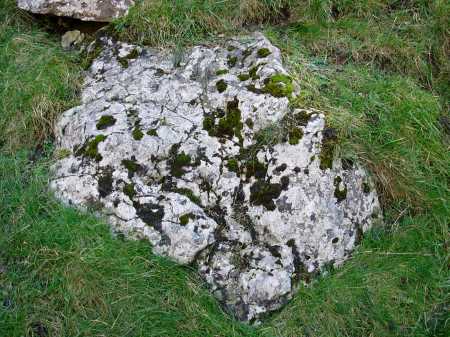
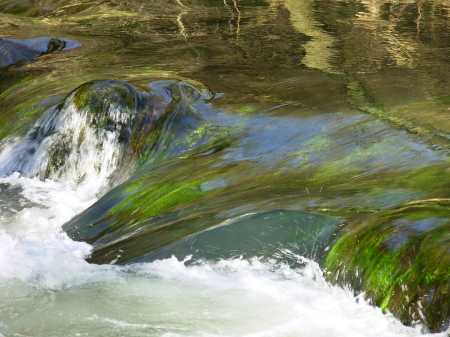
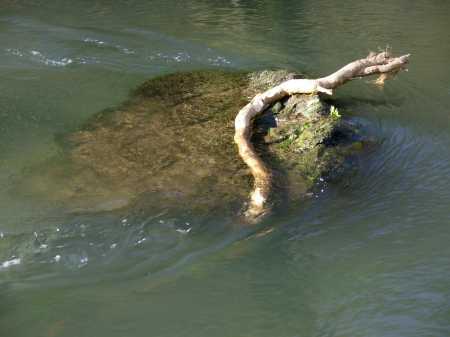
Much of Dovedale is heavily wooded, but this is apparently a recent phenomenon -- until just after the Second World War the valley sides were grazed by sheep and the tree cover was therefore sparse. The valley now has the opposite problem: the tree cover is so great that some of the valley's features are invisible. The National Trust therefore fells a number of them from time to time to restore the views, sometimes leaving the wood to decay in situ.
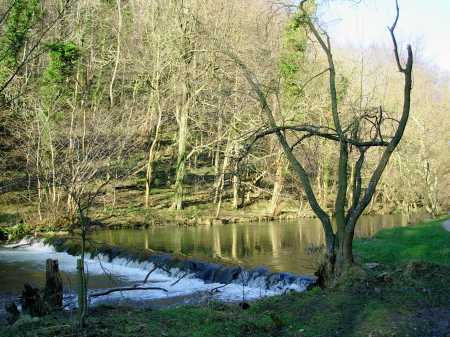
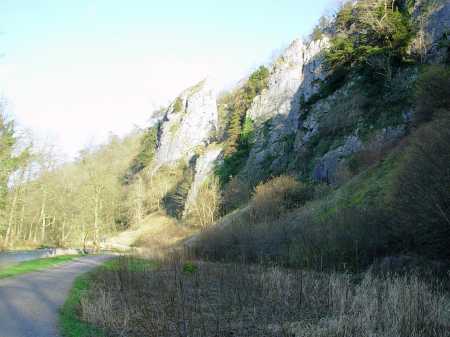
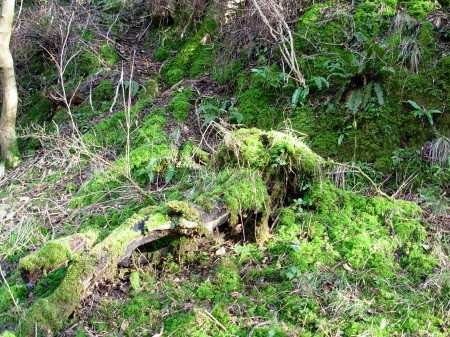
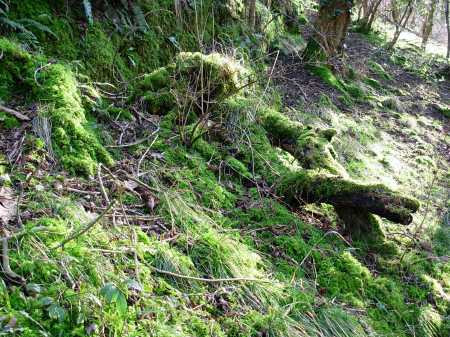
The path does not always follow the river -- at one point it climbs through a section of harder rock through which the flowing water has managed to cut, but not widely. This path takes visitors up to a feature known as the Twelve Apostles, pinnacles of rock thrusting up from the steep slopes of the opposite bank. (Whether there actually are twelve of them is another matter entirely.) They are seen to the best advantage from a spur called Lover's Leap, allegedly named after a young woman who, having heard that her beau had been killed in the Napoleonic Wars, threw herself off it in despair -- but survived because her voluminous skirts caught in the bushes just below, and on returning home found that the news of his death was false in any case. The five photographs below show the path ascending to Lover's Leap; Lover's Leap itself; and the Twelve Apostles (the first of this last pair incidentally illustrating the problem of the tree cover blocking the views -- in summer, the pinnacles would be screened almost entirely.
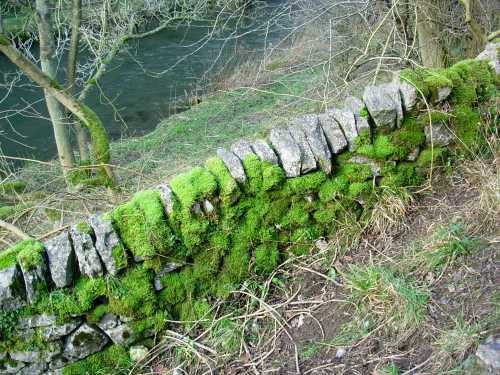
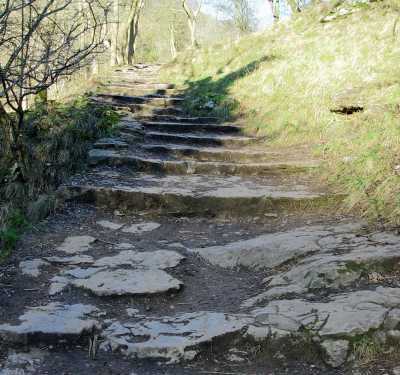
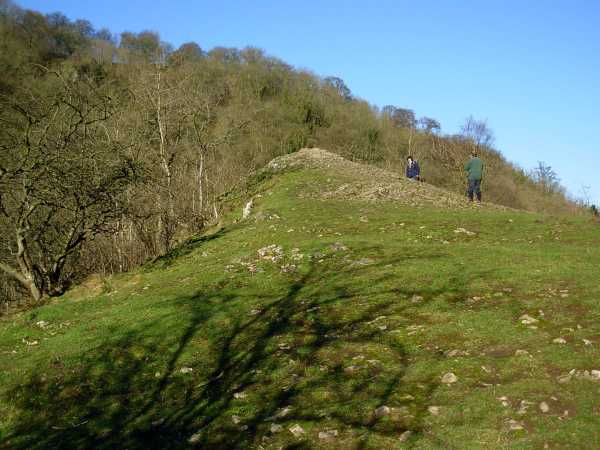
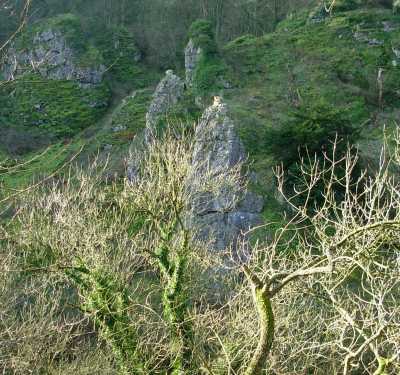
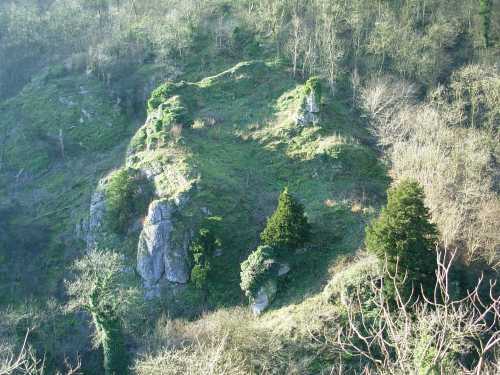
Beyond Lover's Leap and the Twelve Apostles, the path descends to rejoin the river and, a little further north, takes one past Reynard's Cave, named after a local brigand who reputedly used it as his refuge until the roof fell in. Beyond that, the path was closed for the previously mentioned restoration prior to the start of the spring tourist season -- so we had to turn around and go back the way we came. And that was the end of our visit to Dovedale.
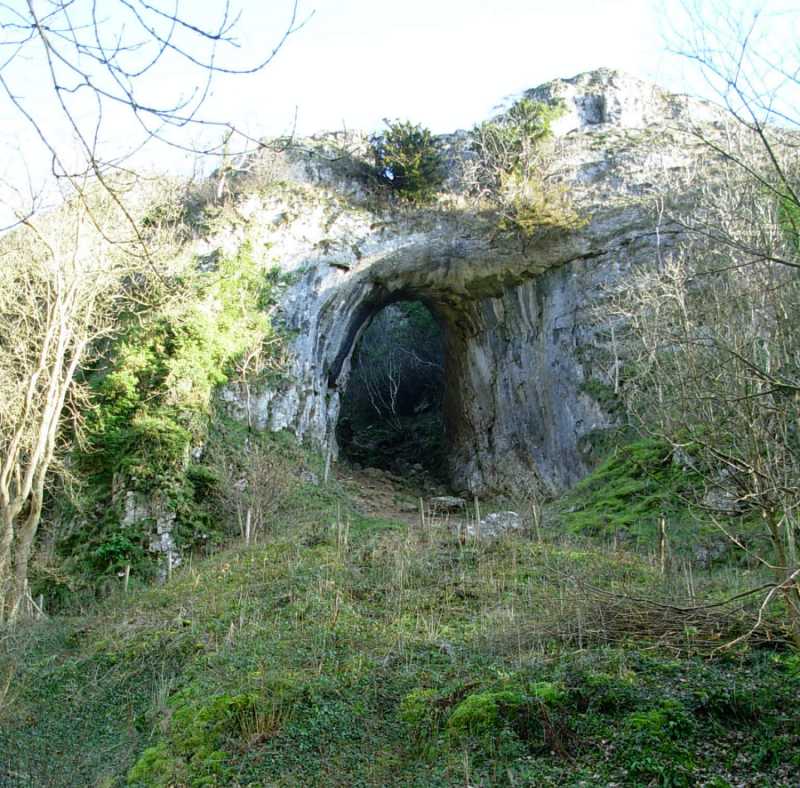
Web page created 8 March 2008 by Joseph Nicholas.
Text and photograps copyright 2008 by Joseph Nicholas.